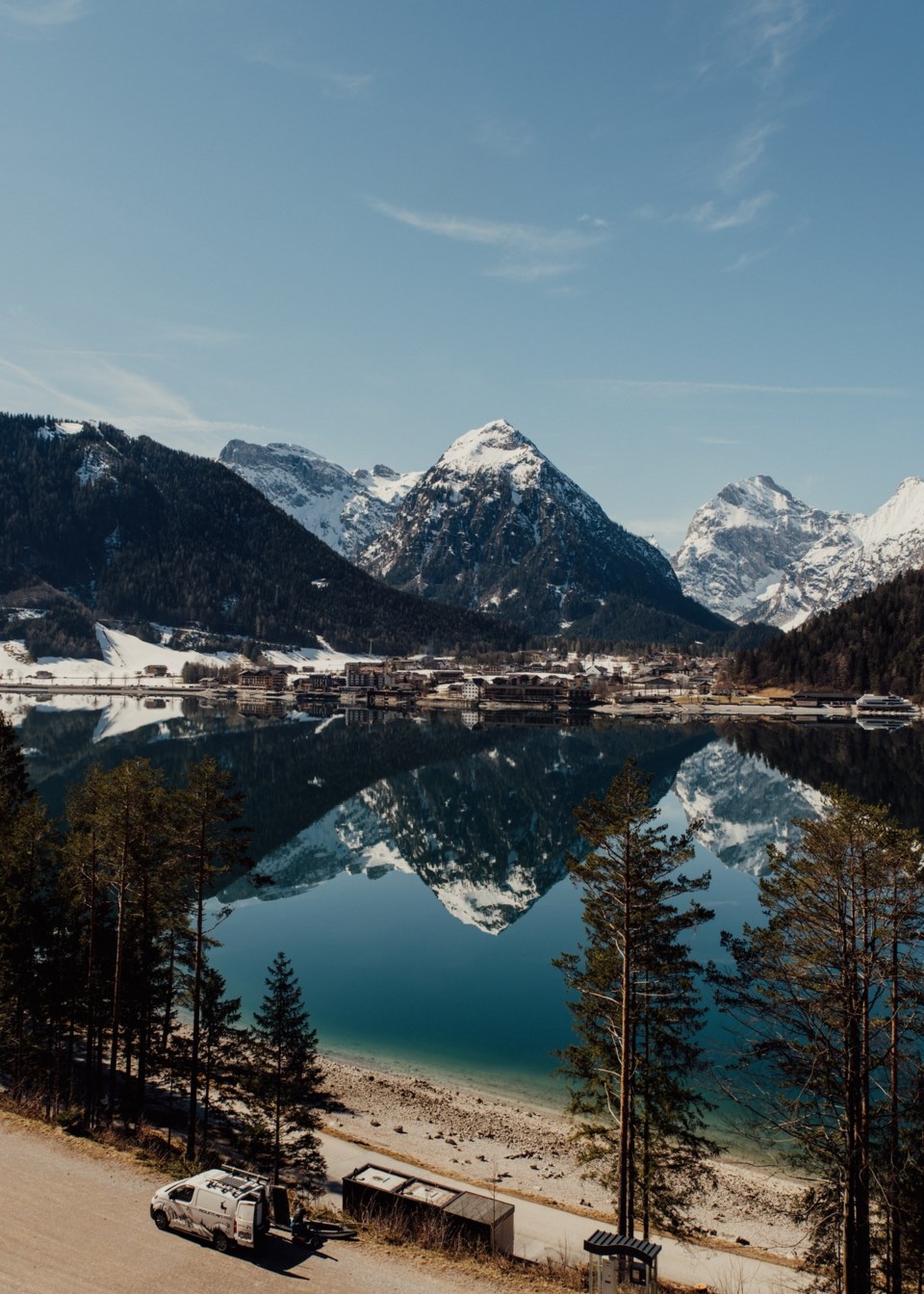Reports of the municipal council meetings and other items in The Chief about the vanlifers points to attitudes and concerns that should be addressed by our leaders in business and in council.
Our present community seems to be focused on high-density residential accommodation and controlled semi-industrial development.
The cost of living and working in �鶹�����is becoming detrimental to family life and a full range of employment opportunities because of the cost of housing.
Vanlifers are a unique segment of our population. Often single people, or couples without children, they are here to live the outdoor activities that are presently the focus of their lives.
They are comfortable with minimal accommodation and a more basic lifestyle.
They have a large problem; there are no resources here to accommodate their lifestyle, which some people do not seem to want to encourage.
At various times in the past, various parts of Canada have faced pressing needs for increased affordable housing.
Whole planned subdivisions or housing estates grew up around major cities and major industries in the post-war era.
The government of Canada supplied plans in the 1940s and 50s, that provided a mix of models of houses and cottages that one can find from Liverpool, Nova Scotia to Whitehorse, Yukon, and everywhere in between.
These were economical, low-cost houses to meet the needs of the growing population.
Alongside these initiatives, some communities allowed trailer courts that later morphed into mobile home parks which became planned complexes with clearly stated standards for the mini-homes.
These places met the needs and some residents have occupied the same units or parks for decades. Here in Squamish, we have several of these mobile home parks, but no vacancies or planned expansions.
Today’s mobile homes, mini-homes, and their larger cousins, the modular manufactured home, offer current building and environmental standards, known and consistent quality, and affordable prices.
At the moment, �鶹�����lacks a proper range of low-cost housing options to meet the needs of young families, moderate-income families with teenagers, and those struggling on dual-income minimum wage jobs. Looking at current real estate offerings gives one the impression that �鶹�����is simply an extension of West Vancouver, a residential estate for high-income professionals.
Vanlifers’ needs could be met by developing several specific commercial courts with water, sewage, power hookups, and some communal facilities.
While not the same financial goldmine as a designer condo, which are currently the building rage in Squamish, such a development would show social responsibility and a concern for the wider community that appears to be missing currently. It would also help to contribute to the building of a stable community which could lead to the wider acceptance of vanlifers.
Our business and government leaders (at all three levels) need to make some decisions that reflect the enduring Canadian values that encourage acceptance and integration of people from all financial situations into our community. I would like to see �鶹�����as a community where anyone could afford to live and where everyone would want to live.
Canon Donald J Lawton is a retired Anglican priest, teacher and counsellor now living in Squamish.




